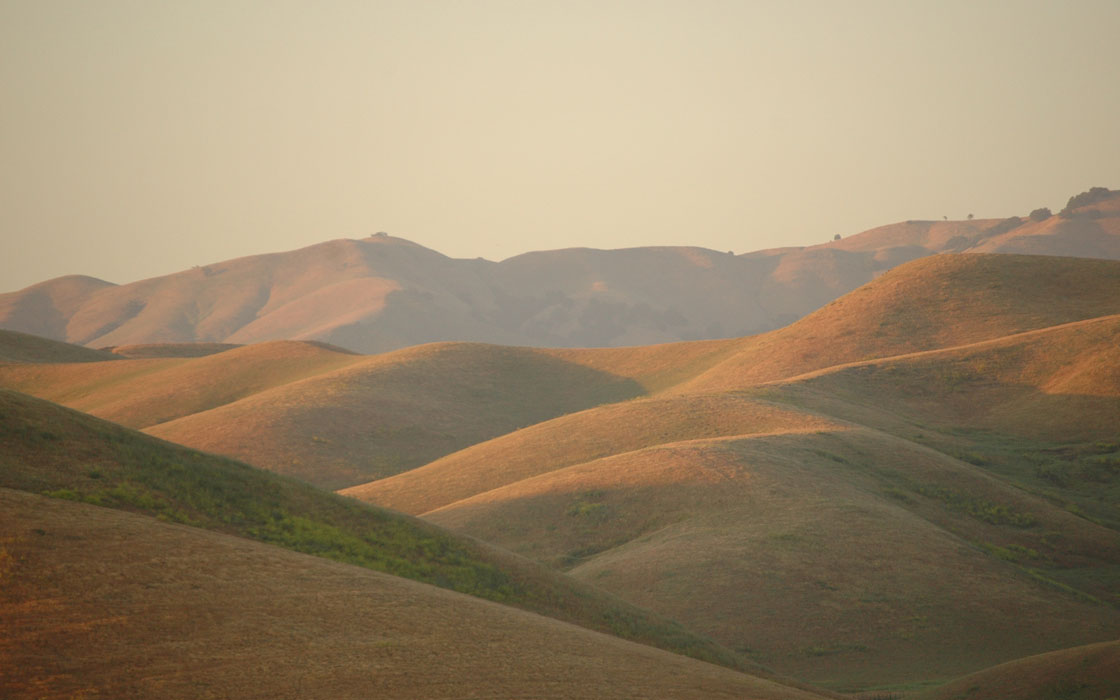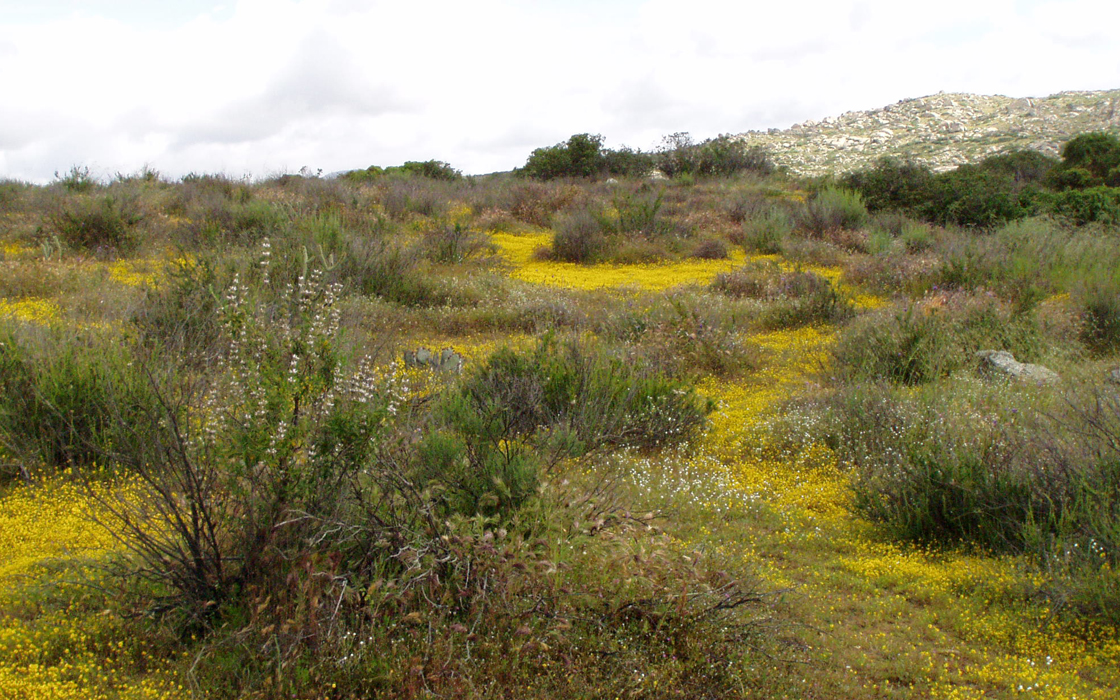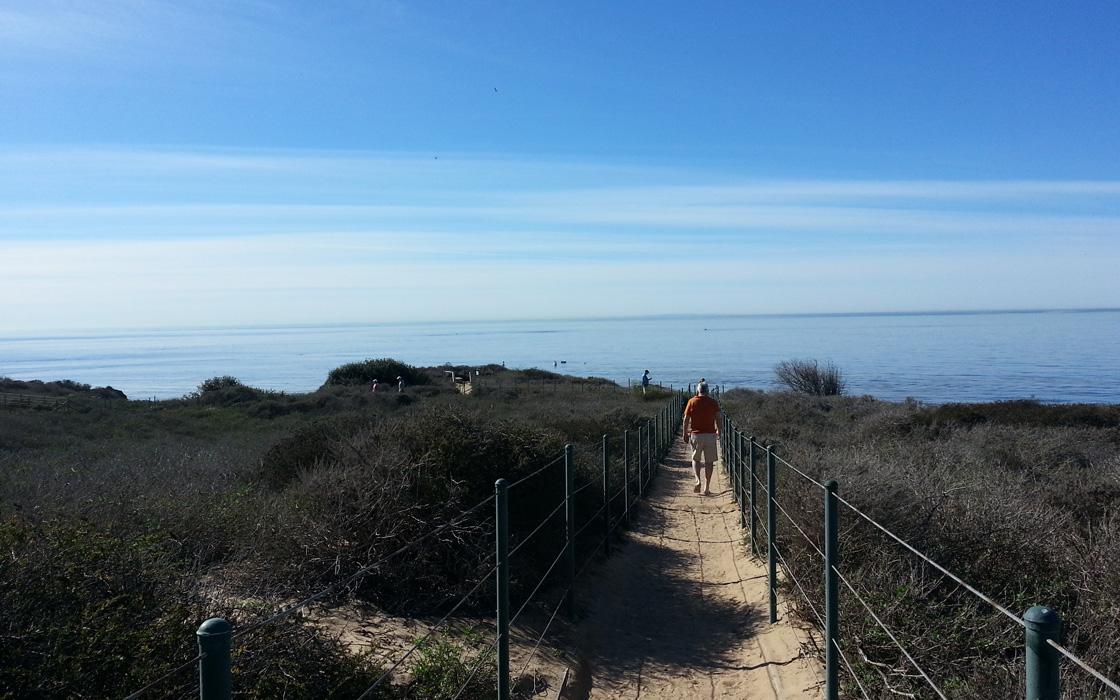








Overview
The Center for Natural Lands Management (CNLM) values science-based information in guiding the recovery and perpetual stewardship of ecosystems and their resident species. CNLM preserves in California and Washington protect endangered, threatened, and rare species, all of which are vulnerable to random events and cumulative impacts from ongoing pressures. We strive to manage these imperiled species to ensure even small populations have the best opportunity for long-term viability. Perpetual stewardship is a dynamic process requiring constant monitoring, appropriate application of scientific principles, and periodic interventions that may include restoration or enhancement. Because there is often little scientific information for guidance for imperiled species and rare habitats, CNLM innovates as needed for perpetual species stewardship and effective habitat restoration. Our staff includes specialists in threatened species management with many areas of expertise including specific taxa, biological monitoring, prescribed burns, weed management, native plant propagation, and specific habitat restoration and stewardship.
South Puget Sound, Washington
Our programs and staff based in Olympia, Washington focus on restoration and protection of prairie and oak habitats of the South Puget Sound region. With less than ten percent of the original habitat remaining, CNLM is investing in protocols for appropriate and effective restoration. The largest remaining expanse of this habitat type is located on Joint Base Lewis-McChord, south of Tacoma, Washington.
In Washington, CNLM focuses on applied research projects, developing and applying restoration protocols, and working collaboratively with federal and state governmental agencies, nonprofit organizations, private landowners, and volunteers who are committed to protecting this rare ecosystem. These endeavors include prairie restoration and rare species recovery, including coordinating conservation efforts for the Mazama pocket gopher, Taylor’s checkerspot butterfly, and streaked horned lark, as well as working to restore salmon habitat in the Chehalis River Basin.
Click here for further information on our efforts in South Puget Sound

